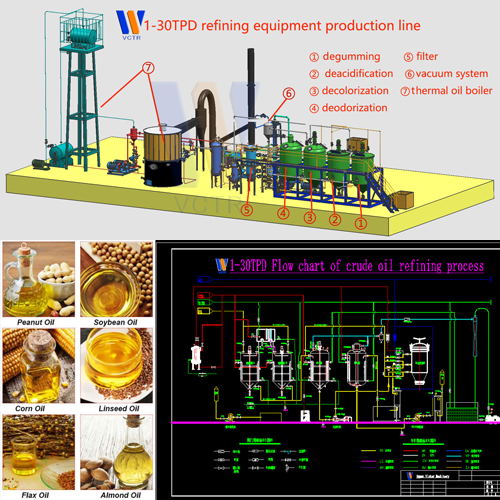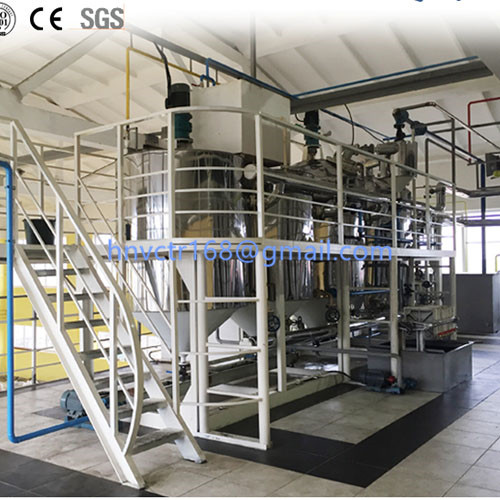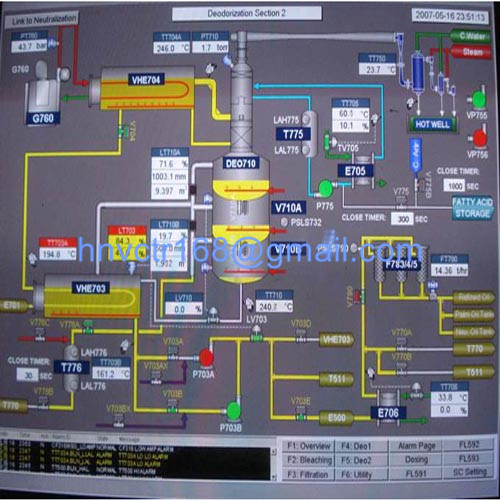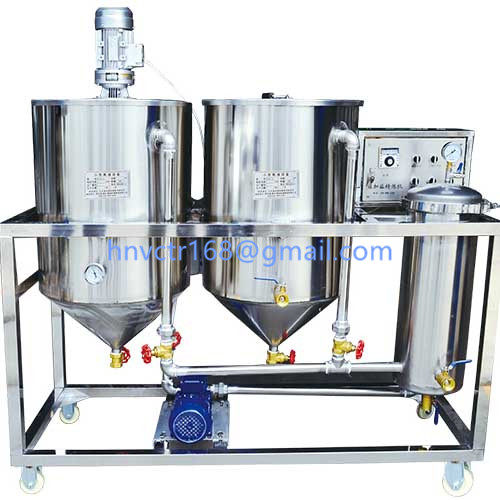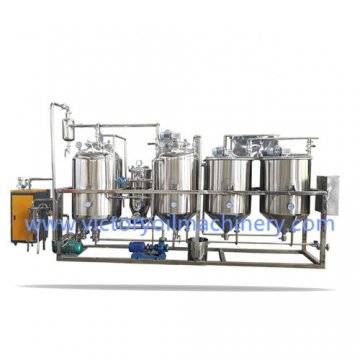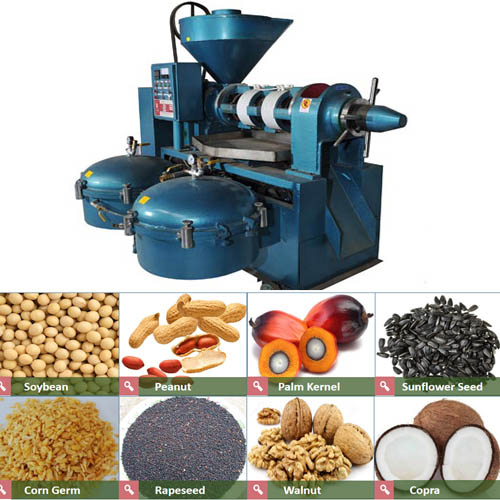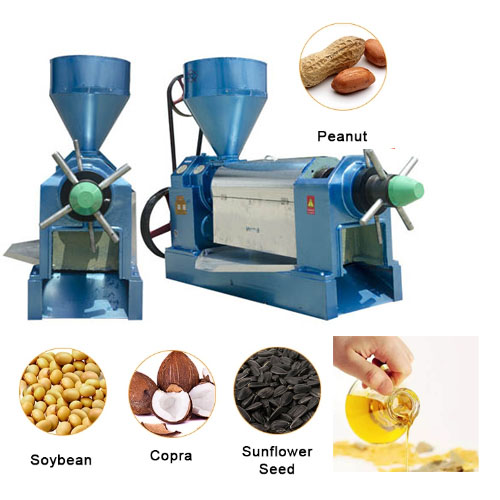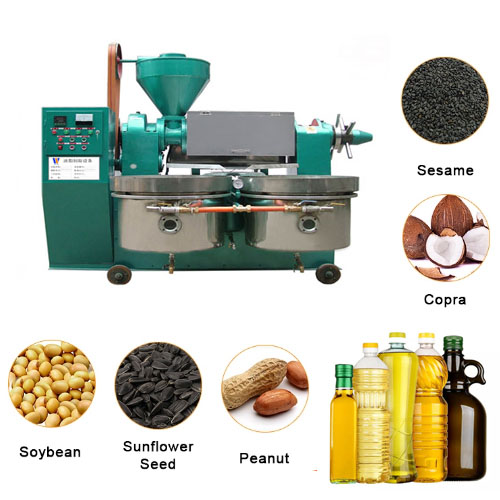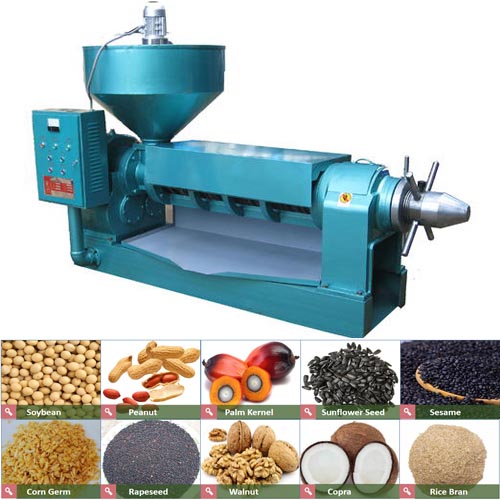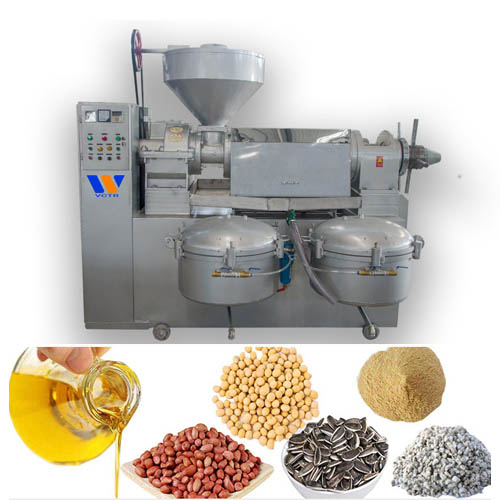Peroxide value control method
Peroxide value is one of the important indicators for evaluating the quality of fats and oils. In recent years, the regulatory authorities have gradually strengthened the supervision of the quality of edible fats and oils. Over-limiting of the peroxide value of fats or foods occurs from time to time, which brings certain hidden dangers to food safety. How to control the peroxide value of grease from the source has become particularly important.
1. What is peroxide value
Peroxide value is a technical indicator for evaluating the amount of hydroperoxide produced in the process of oxidative rancidity. The higher the hydroperoxide content, the higher the peroxide value, on the contrary, the lower the peroxide value. Peroxidation value is an important indicator to determine the degree of oxidation of fats and oils.
2. the principle of peroxide value determination
The prepared grease sample is dissolved in chloroform and glacial acetic acid, and the peroxide in it reacts with potassium iodide to generate iodine. The precipitated iodine is titrated with sodium thiosulfate standard solution. The peroxide value is expressed by the mass fraction of peroxide equivalent to iodine or the number of millimoles of active oxygen in 1 kg sample.
3. the expression of peroxide value
The units of peroxide value are g/100g, mmol/kg, meq/kg. The calculation result of peroxide value in GB5009.227 keeps two decimal places, the conversion relationship is 1g/100g=39.45mmol/kg=78.9meq/kg, and the most commonly used unit is mmol/kg.
4. the standard's requirements for peroxide value
This article takes soybean oil as an example. Different oil standards have slightly different requirements for peroxide value. For details, please refer to the respective oil product standards. GB1535 and GB2716 make the following requirements for the acid value of soybean oil:
The peroxide value of the first grade grease is required to be ≤5mmol/kg (GB1535); the peroxide value of the second grade grease is required to be ≤6.0mmol/kg (see GB1535 for details); the peroxide value of the third and fourth grade grease is required to be ≤0.25g/100g (9.86mmol/kg, see GB2716 for details).
5. Reasons for abnormal peroxide value
During the storage of grease, the properties of the grease are changed due to the effects of light, high temperature, oxygen, etc., resulting in the oxidative rancidity reaction of the grease to generate hydroperoxides. This substance is very unstable and can continue to decompose into aldehydes, ketones, and ketones. Small molecule substances such as acids, which have a pungent odor.
6.the factors affecting the oxidation of oil
1). The oxidation rate of high unsaturated fatty acid content is accelerated, and the oxidation rate of cis-double bond fatty acid and conjugated double bond fatty acid is accelerated.
2). The higher the free fatty acid content, the faster the oxidation rate of oil.
3). The contact area of ??grease and air or oxygen is large, and the oxidation rate of grease is accelerated.
4). As the temperature increases, the oxidation rate of grease accelerates.
5). The irradiation of visible light, invisible light, etc. will cause the oxidation rate of grease to increase.
6). Excessive water content causes hydrolysis and rancidity of oils, which leads to oxidation.
7). Oxygen-promoting metal ions, lipoxygenase, etc. are easy to cause the oxidation of oil.
7. How to prevent the peroxide value from exceeding the standard
1). By controlling the moisture, temperature, and lipoxygenase activity in the oil processing process, reduce or avoid the occurrence of oil oxidation reactions.
2). Use deodorization and other refining methods to reduce the content of hydroperoxide in the oil, and control the peroxide value of the finished oil within the range of internal control indicators.
3). The finished grease is stored under suitable conditions to avoid or reduce the occurrence of oxidative rancidity caused by light, high temperature, oxygen and other factors.
4). Nitrogen mixing, nitrogen filling, and nitrogen dripping are used in the finished grease to reduce the content of air or oxygen in the grease.
5). Establish a strict inspection and testing system and reasonable internal control indicators to control the peroxide value of the factory products and prevent the peroxide value from exceeding the standard during the shelf life.Peroxide value control method

